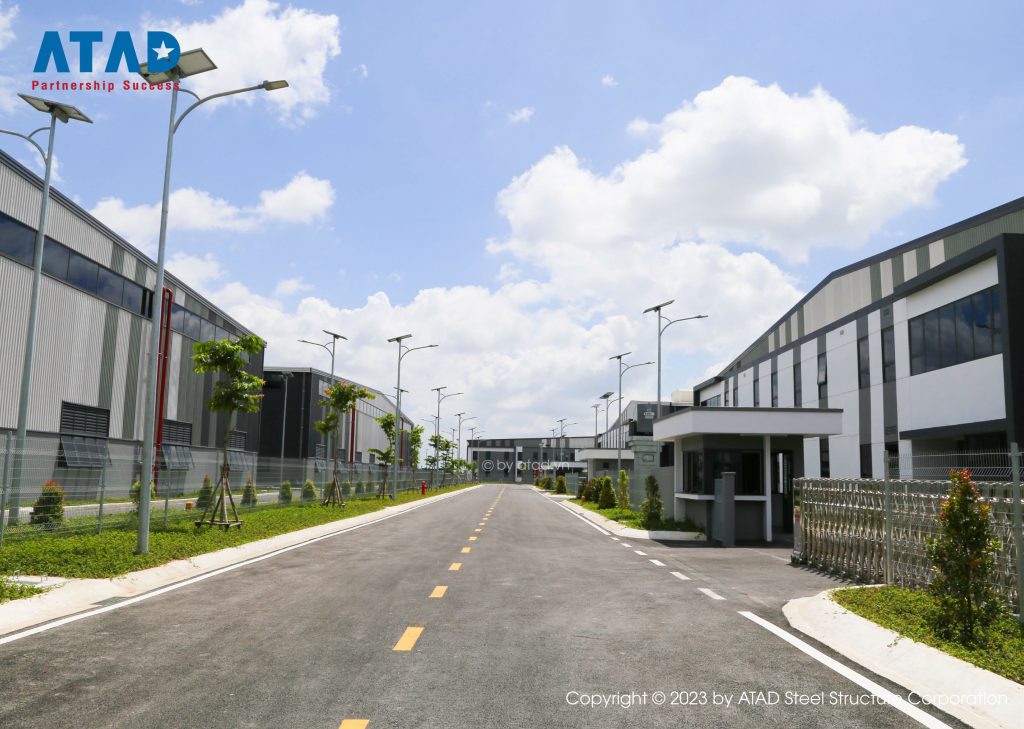1. What is Eave Trim?
In addition to selecting the appropriate roofing material, the accompanying accessories greatly influence the quality of the roof. Eave Trim is one of the essential accessories that cannot be overlooked during the construction process.
Eave Trim, also known as trim sheets or roof edge trim, is designed in a flat sheet form, with the edges adjusted according to the design specifications to fit corners, walls, ridges, and roofs. Its primary function is to prevent leaks and protect against water splashing during rain. When combined with gutters, the drainage efficiency is significantly enhanced, preventing leaks and maintaining the functionality of the roofing material. Furthermore, Eave Trim contributes to the aesthetic appeal of the structure.
Currently, Eave Trim is available in a wide variety of shapes and sizes, including ridge caps, water-deflecting trim, and lower edge trim, providing customers with more options for different constructions.
| Roof cladding | Z-edge |
| Middle gutter | Edge gutter |
| Top edge of facade
|
Corner cover |
| Roof border
|
Skirting
|
Some key features of Eave Trim
- The material used for Eave Trim is often the same as that used for the main roofing material.
- It is easy to process.
- Depending on the usage requirements and design, users can cut the trim sheets into various sizes. This flexibility facilitates construction, reduces costs, and enhances usability for different types of projects. Replacing them after prolonged use also becomes easier.
- Eave Trim is thin, with an average thickness of 0.3 to 0.5mm. This makes it easy to bend corners and cut pieces during construction. Users should consider their intended use to choose the appropriate type of Eave Trim, ensuring accuracy during installation.
- Nowadays, Eave Trim is continuously upgraded in both quality and design. The diverse designs, including printed patterns, make the construction more unique and visually appealing.
It is evident that Eave Trim has many notable advantages. However, users should be mindful of certain considerations:
- When installing, customers need to securely pin the roof eaves to prevent them from being blown away or torn off in strong winds or storms.
Applications of Roof Eaves
With their outstanding advantages, roof eaves are increasingly used in various types of buildings. Here are some typical applications of this accessory:
- Used in the design of residential buildings such as restaurants, small eateries, one-story houses, or kiosks. Most of these constructions typically install metal roofs. Therefore, using roof eaves is necessary to enhance waterproofing, leak prevention, and effectively shield against rain and sunlight.
- Roof eaves are also installed for steel frame buildings such as offices, factories, warehouses, and production workshops. The diverse sizes and types make them easy to install and adjust according to different construction requirements.
- Additionally, roof eaves are used in the construction of schools, hospitals, and government buildings. These are public projects that require long-lasting durability. Therefore, it is essential to install roof eaves to enhance overall quality, ensuring the building is durable and maintains high quality over the years.
- In recreational areas, sports facilities, and supermarkets, roof eaves are also commonly used. Besides providing good shade from the sun and protection from the rain, they bring uniqueness and aesthetic appeal to the structures.
The harmony in the installation of roof eaves at factories
Eaves at Frasers Factory
Roof eaves enhance the durability and aesthetics of the structure
The above is basic information about metal roof eaves. For assistance and inquiries, customers can immediately contact ATAD through: sales@atad.vn


































